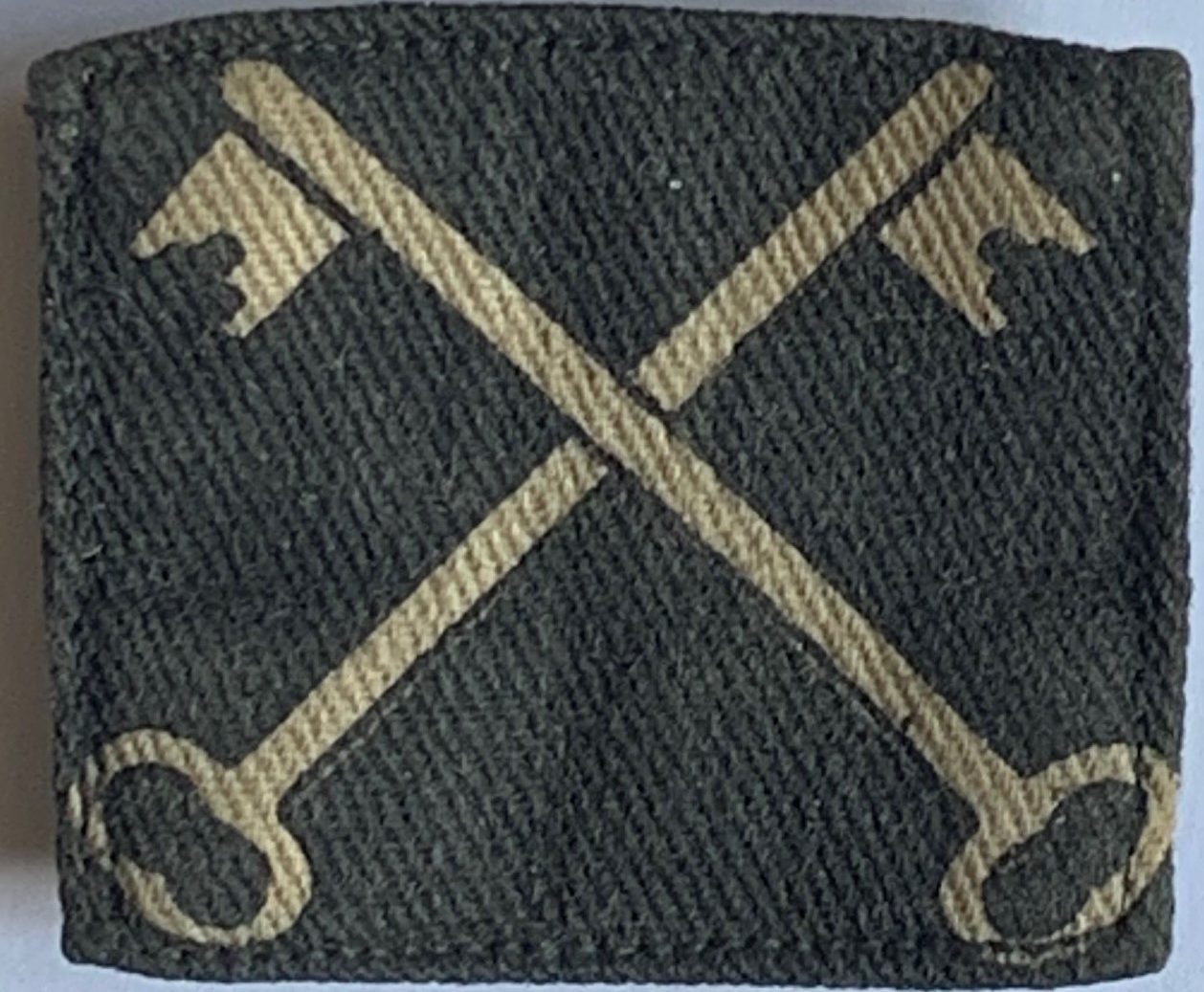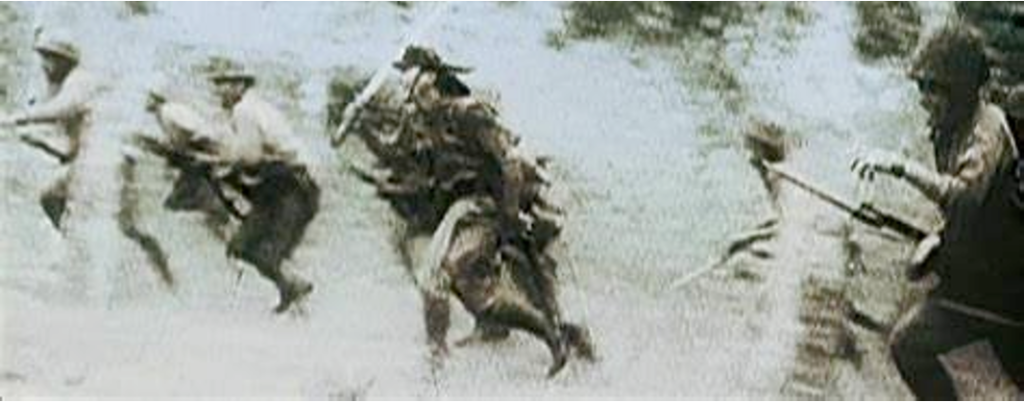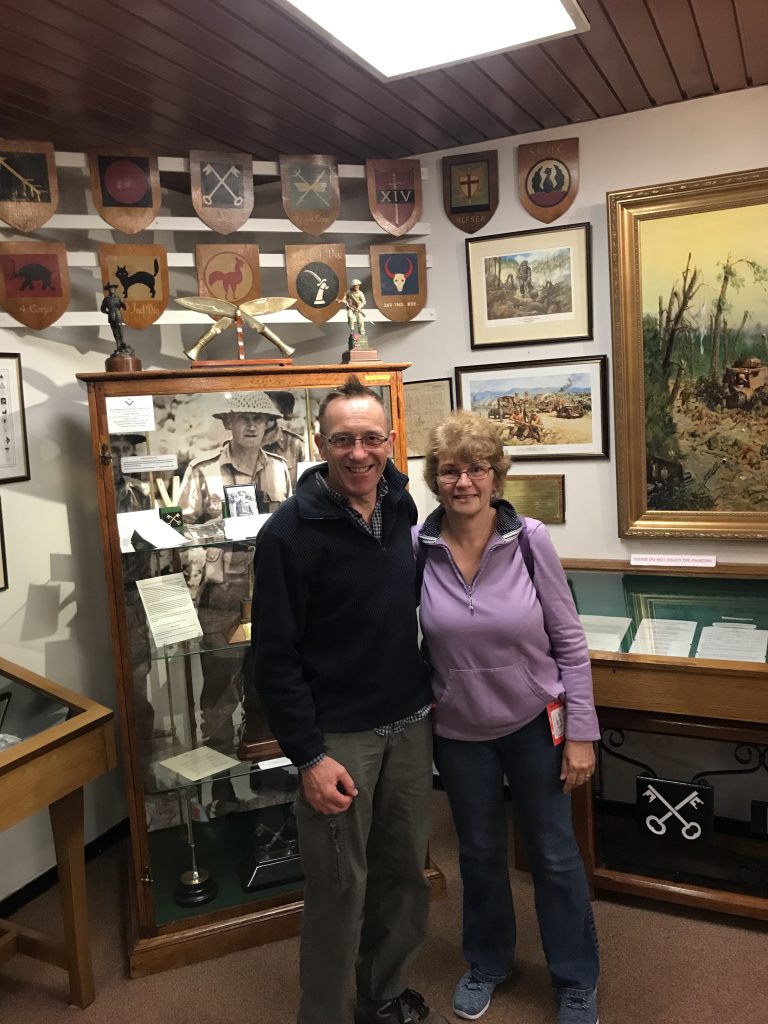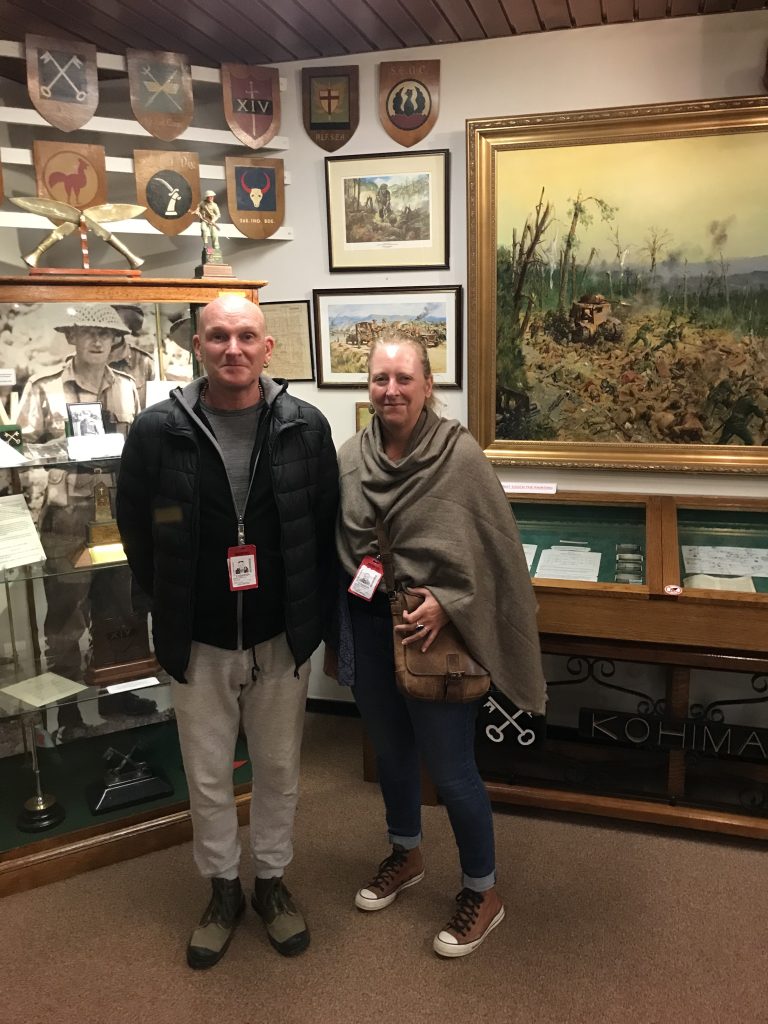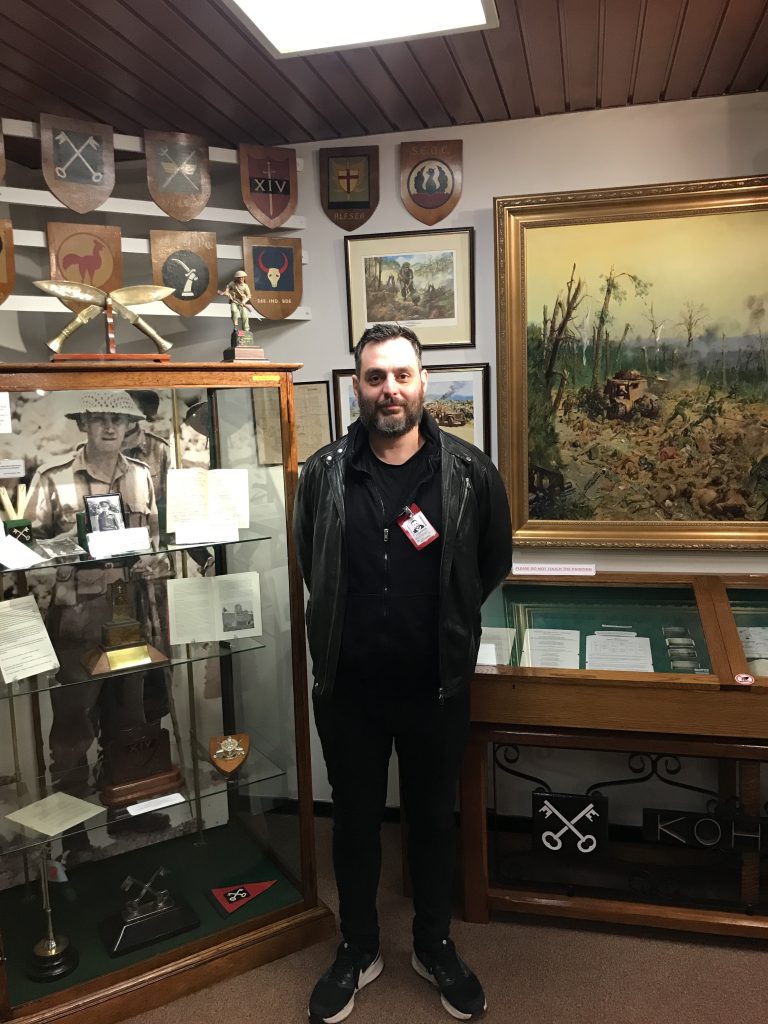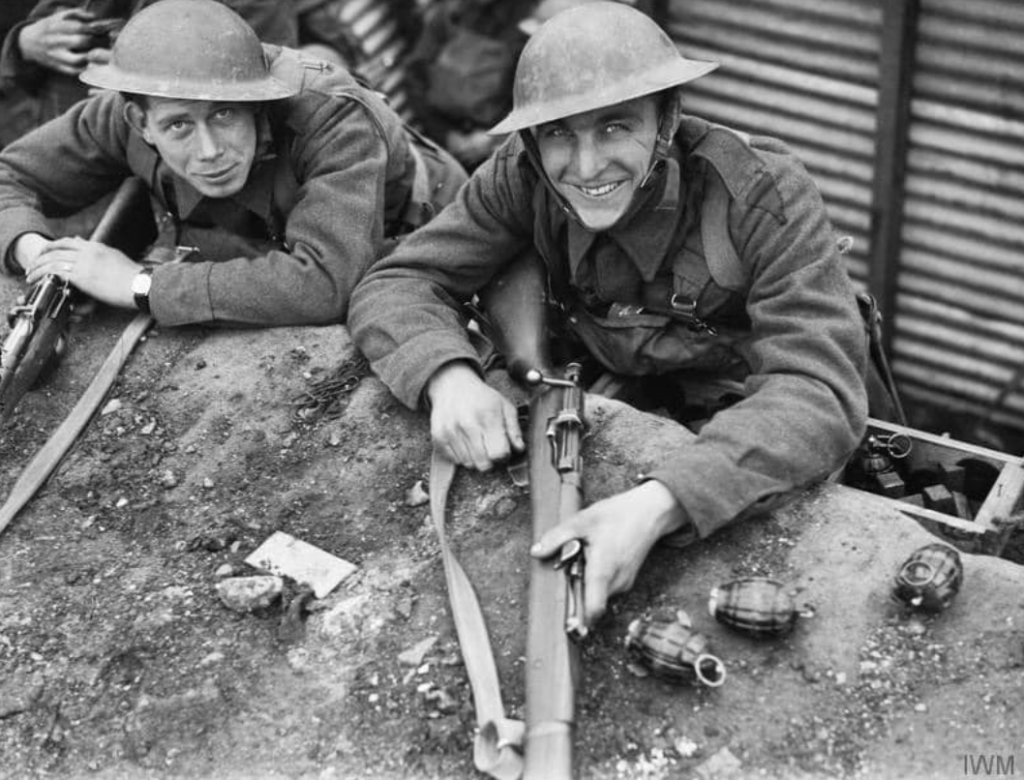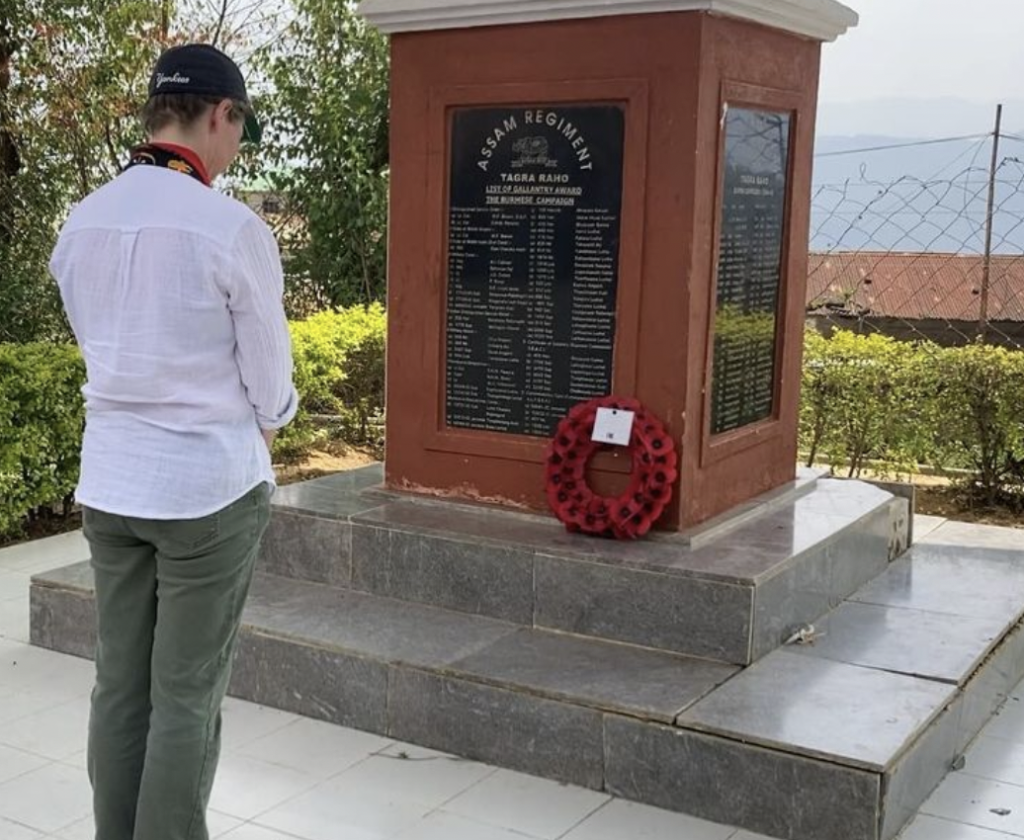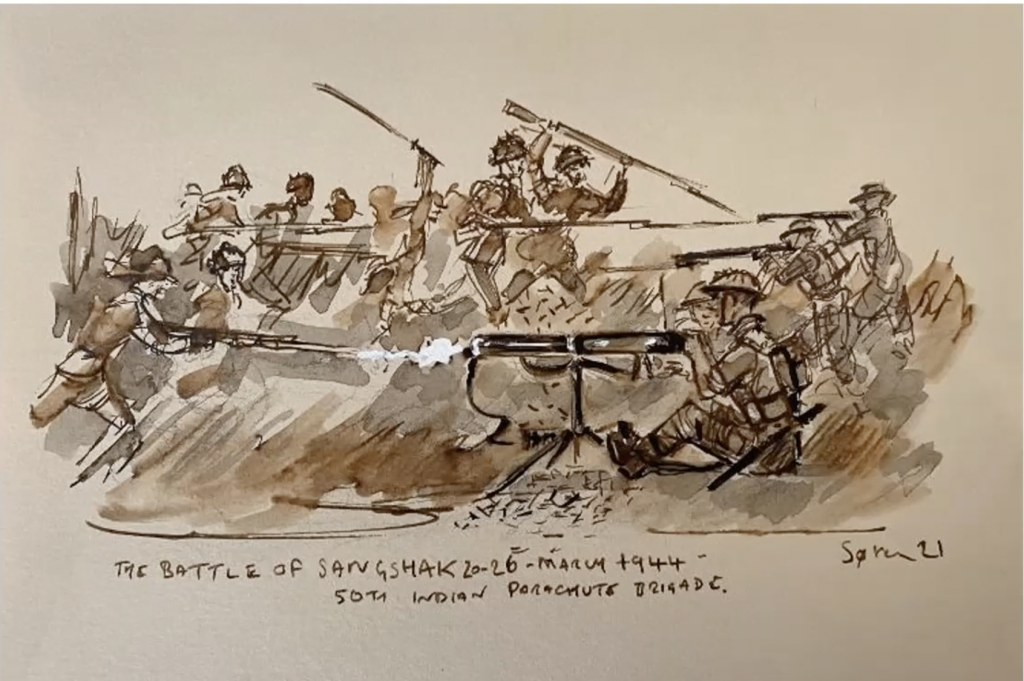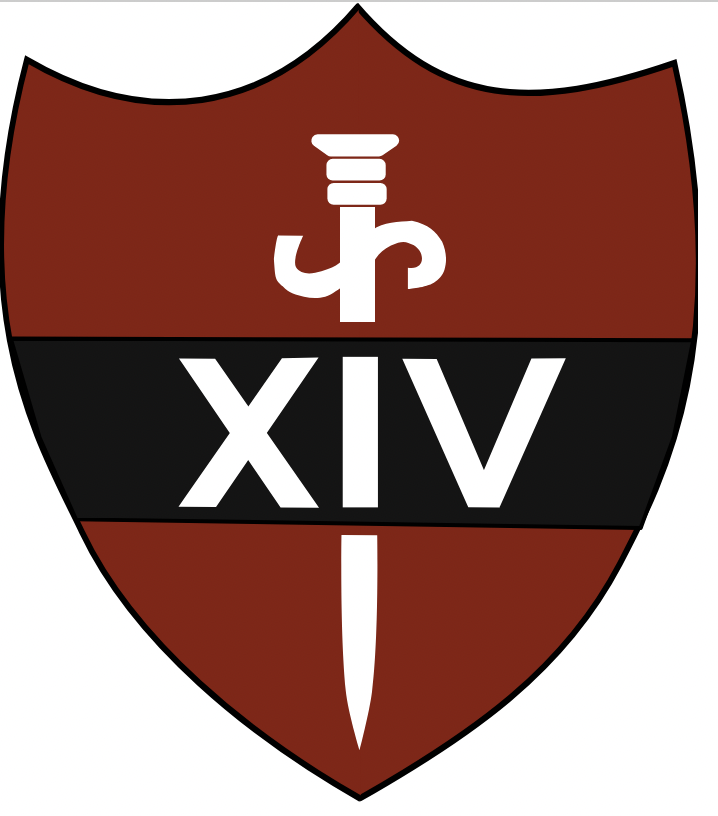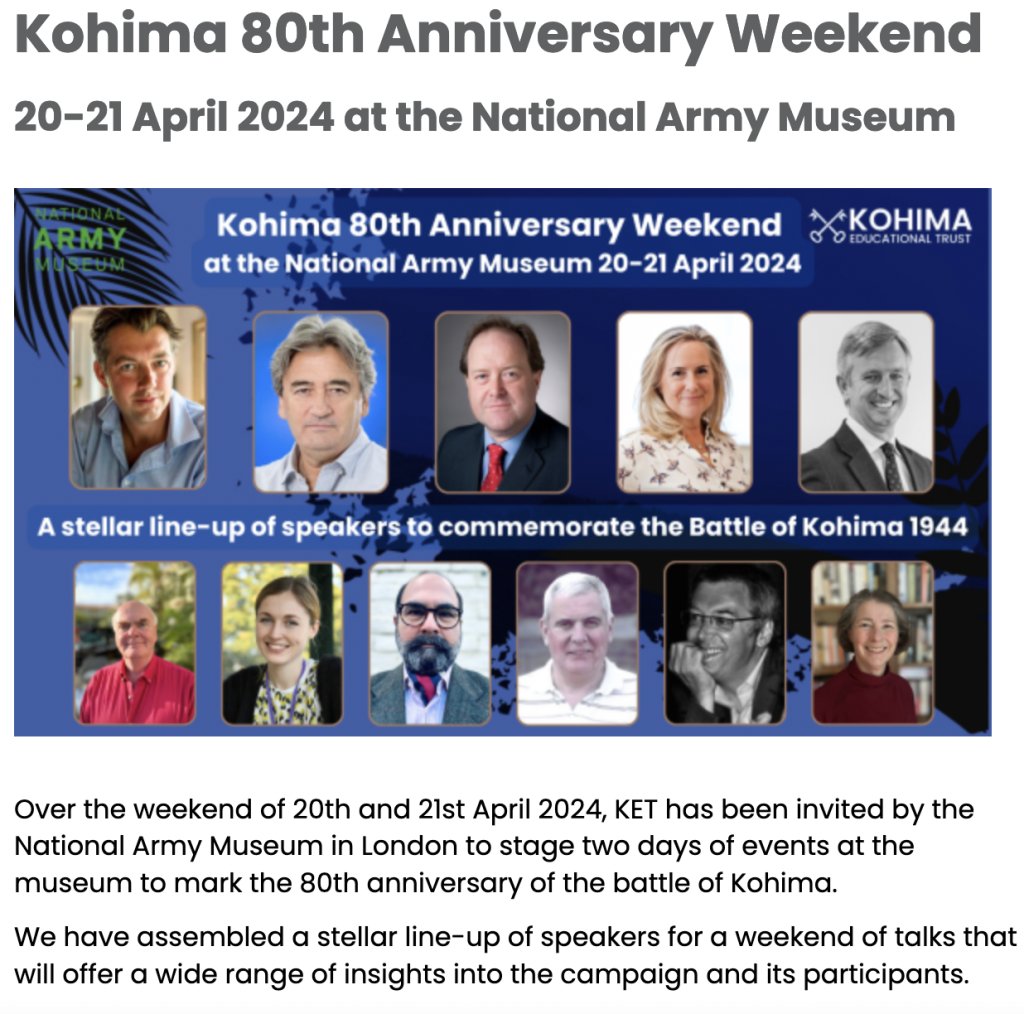
Categories
80th Anniversary of the Siege of Kohima
Categories
Enthusiastic Visitors to the Museum Today
Categories
80th Anniversary of the Siege of Kohima
After the Battle of Jessami, Lieutenant Colonel ‘Bruno’ Brown led his men of 1st Assam Regiment on a gruelling 78 mile march to Kohima, through relentlessly unforgiving terrain with the Japanese close behind them. They made it in 39 hours. Eighty years later, his grandaughter Charlotte Carty is making the same trek with other descendents of the 1st Assams & historian Robert Lyman. Go Charlotte!
Follow Charlotte’s blog.
Categories
80th Anniversary of Battle of Sangshak

Find out more.
Categories
